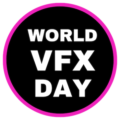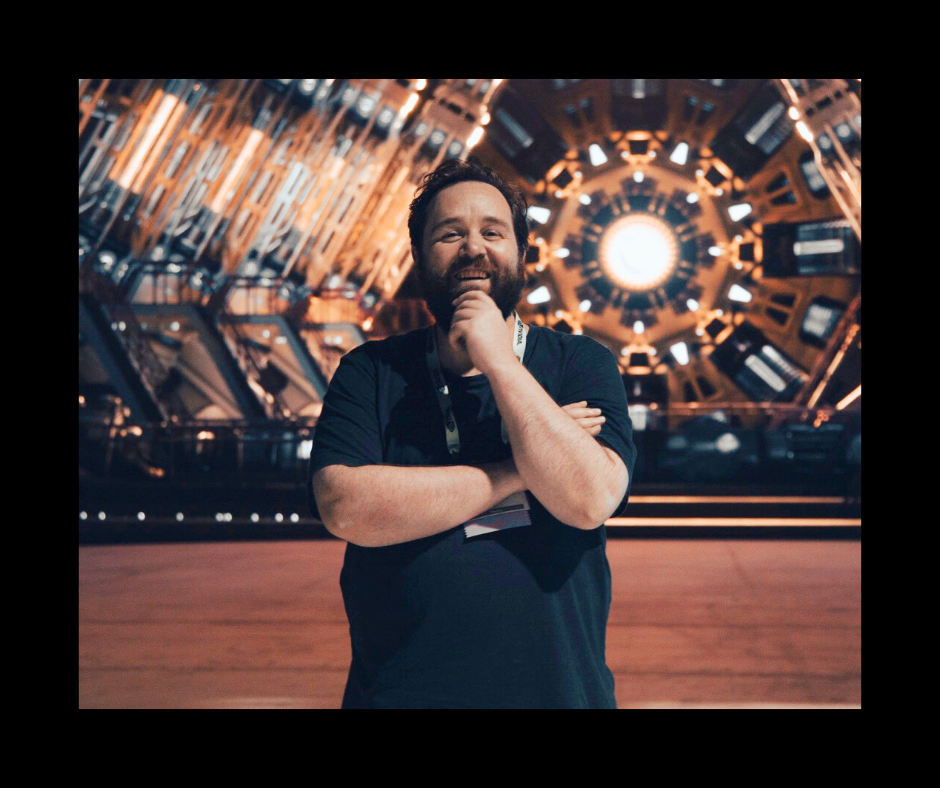Ian Failes | Editor, befores & afters
First off, tell us a bit about yourself, how did you get into this industry and what are your personal career highlights?
Unlike many in the visual effects industry, I don’t come from an artist background. But, I was obsessed with films and visual effects really early on. In 1997, I ‘found’ a Cinefex magazine at a comic book store in Sydney (it was the ‘Jurassic Park: The Lost World’ issue). I had no idea it existed. I couldn’t believe there was a publication that covered this area, and covered it so well.
I had just started university at the time—studying something very unrelated—but spent all my money (literally, ALL my money) on back issues of Cinefex. I read them cover to cover, many times. And that really was what started my interest in VFX journalism.
It’s now come full circle a little bit with befores & afters magazine in print. I think I always wanted to produce a hard copy mag, and it’s amazing to now be doing it.
How did befores & afters begin?
I was working as a government lawyer drafting legislation (it was actually awesome—truly!) but still had a passion for VFX journalism. So, in about 2003 I decided to start a blog, since it was all the rage back then. The blog was vfxblog. A couple of interviews I published on the blog snowballed into a daily thing, which I did in addition to my real job.
At some point, I was also writing occasionally for fxguide, and then they eventually said come and work for us! So, I did. That was a dream role because they also ran fxphd, the VFX training site. I learnt A LOT about cameras/tech/VFX/editing by being at fxguide/fxphd, and really got exposed to the ‘industry’ by being there.
I left fxguide to freelance for a bunch of publications. This was awesome, too, but HARD. Every editor wants something different, which is not unexpected, but HARD. I just thought, why not be my own editor? befores & afters was born. It was 2019. I had bought the domain name years earlier, unsure of what it might become.
You have other roles and projects too, could you tell us a bit about those and how you juggle it all with running B&A?
befores & afters is my full-time job. A lot of the other things that I get up to tend to be voluntary (in terms of SIGGRAPH and FMX and other conferences), but are still very much related to the VFX industry. I think it’s easy(ier) to do these extra things when you’re really passionate about what you do.
There’s still some freelance writing I do and some super-fun books I’m working on. It will never be quite as crazy as doing interviews in the early hours of each morning, then going to my government job all day, then coming home and writing the interviews up. That was exhausting…
What do you enjoy most about working in the industry?
Everyone I deal with is so nice. It is totally true. The PR teams from VFX studios are just fantastic. They want their stories to be told. The VFX supes and artists are the same; they want to share what they’ve been working on for months, years sometimes.
When I got into this industry, I also did not think it would take me to so many places, especially overseas for conferences. You run into the same people each year, and they become your close friends. You interview the same people over many projects, and they become your buddies, too. This social aspect of the industry is something that really surprised me. Also, I just love covering the innovation. It never stops.
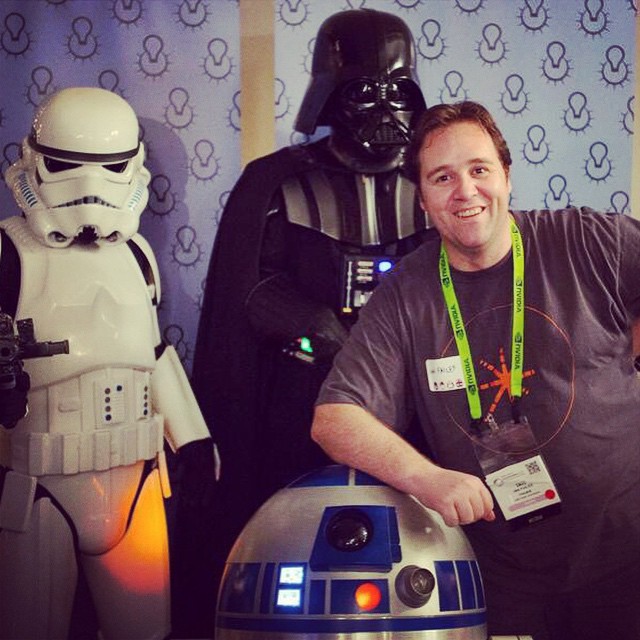
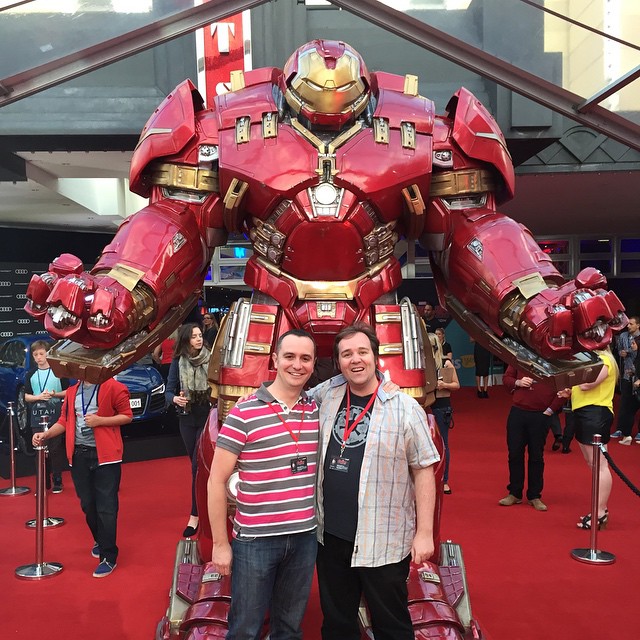
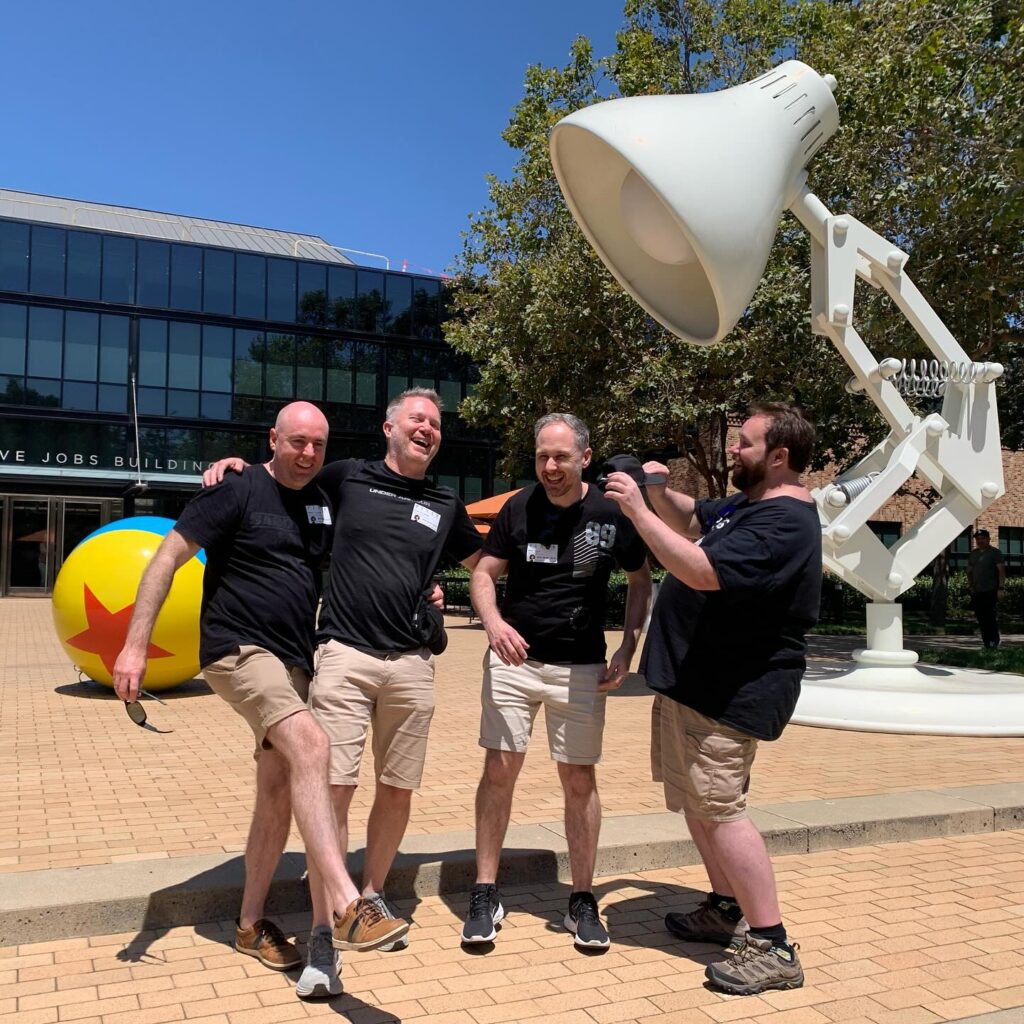
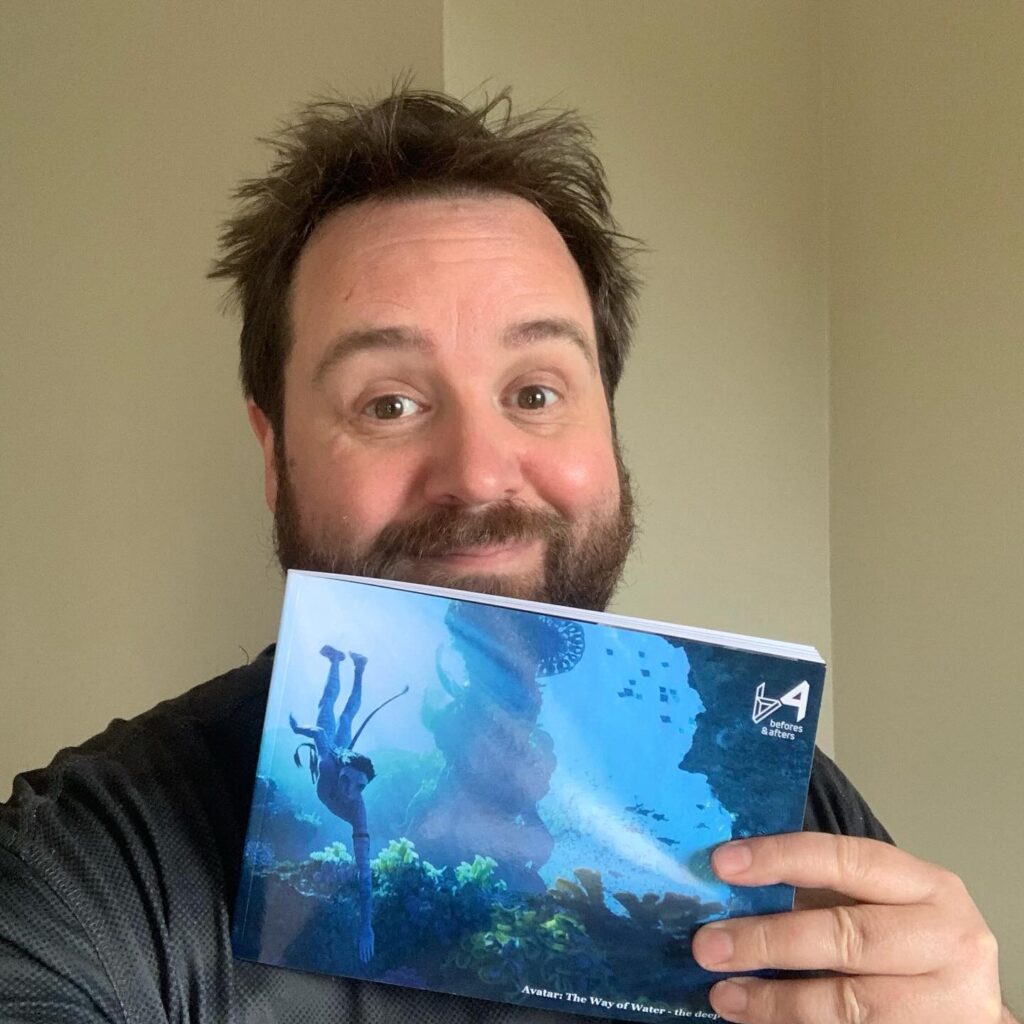
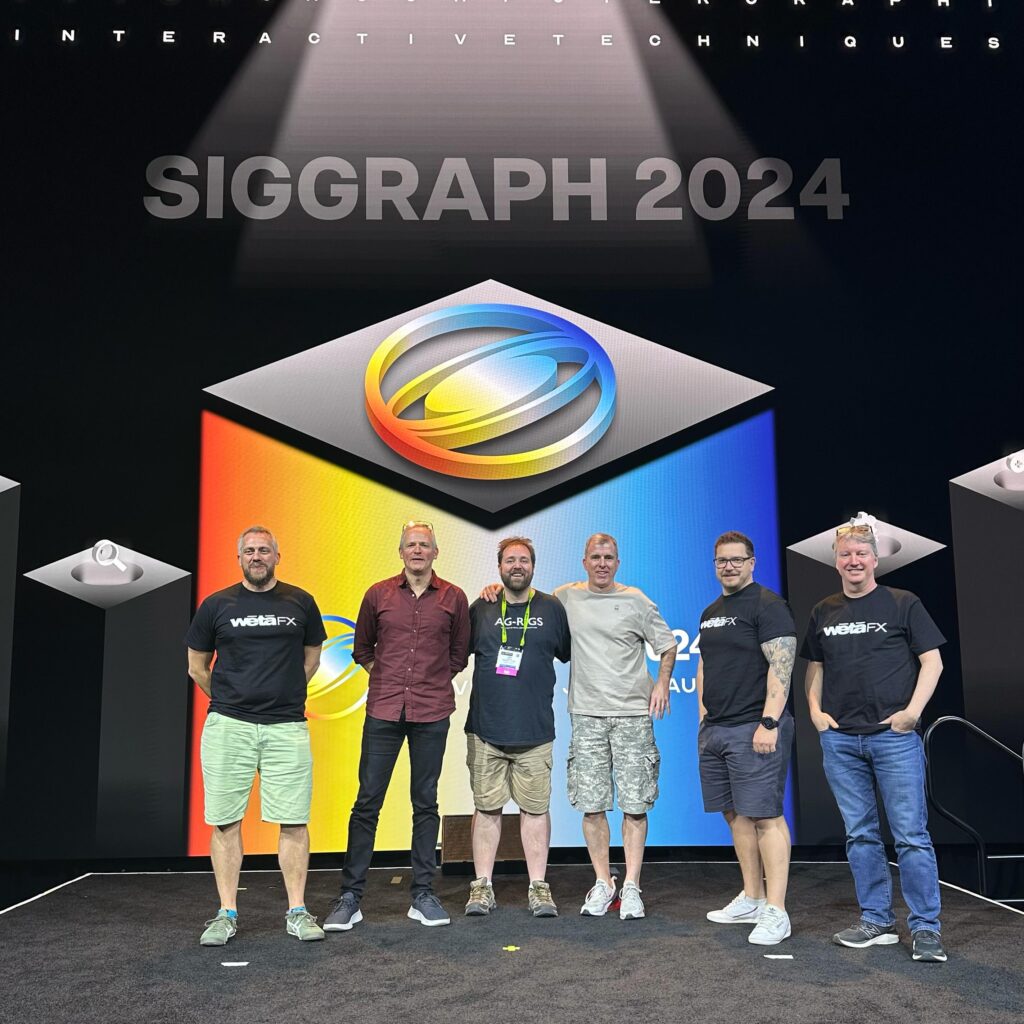
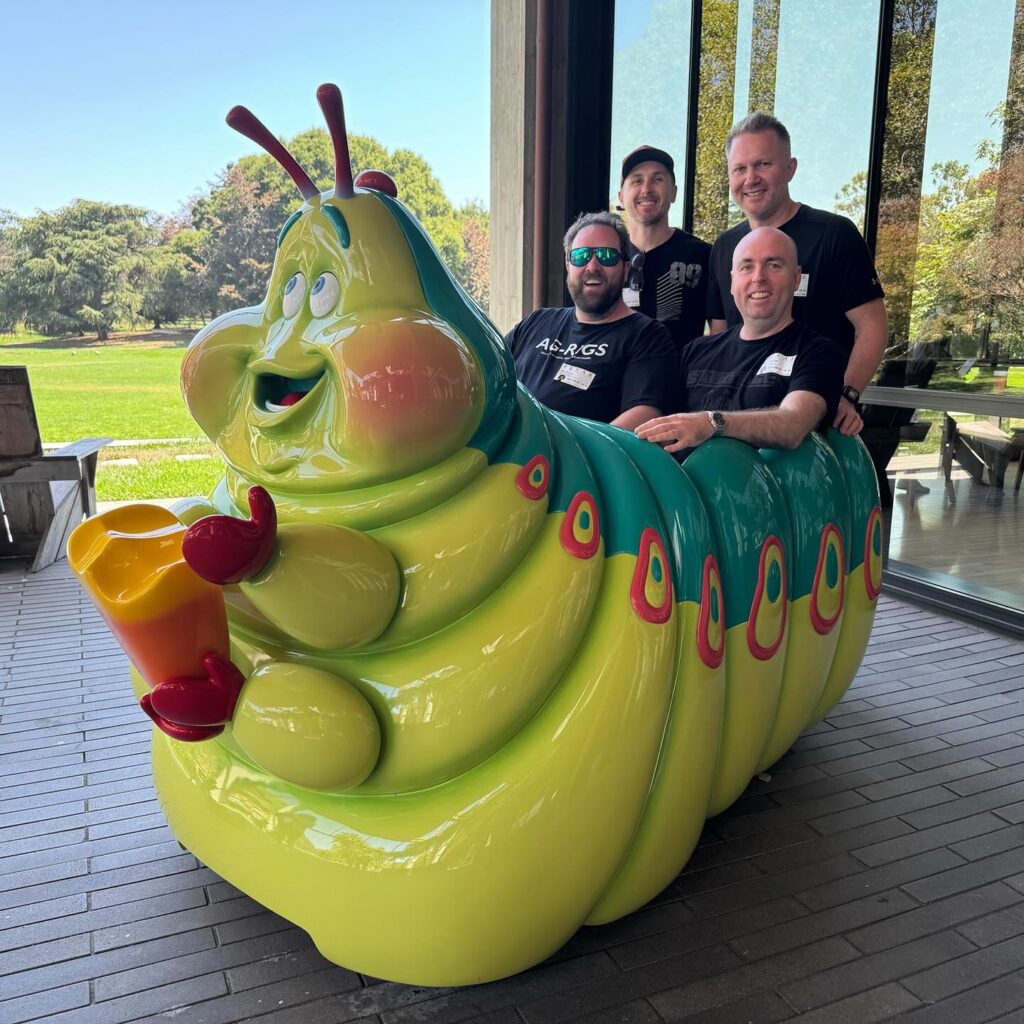
It’s clear to see Ian’s passion for the industry via his befores & afters Instagram!
Tell us something that not many people would know about you…
People think I’m joking when I say I have the world’s largest collection of memorabilia from the film, Speed. But it’s true. And it keeps growing.
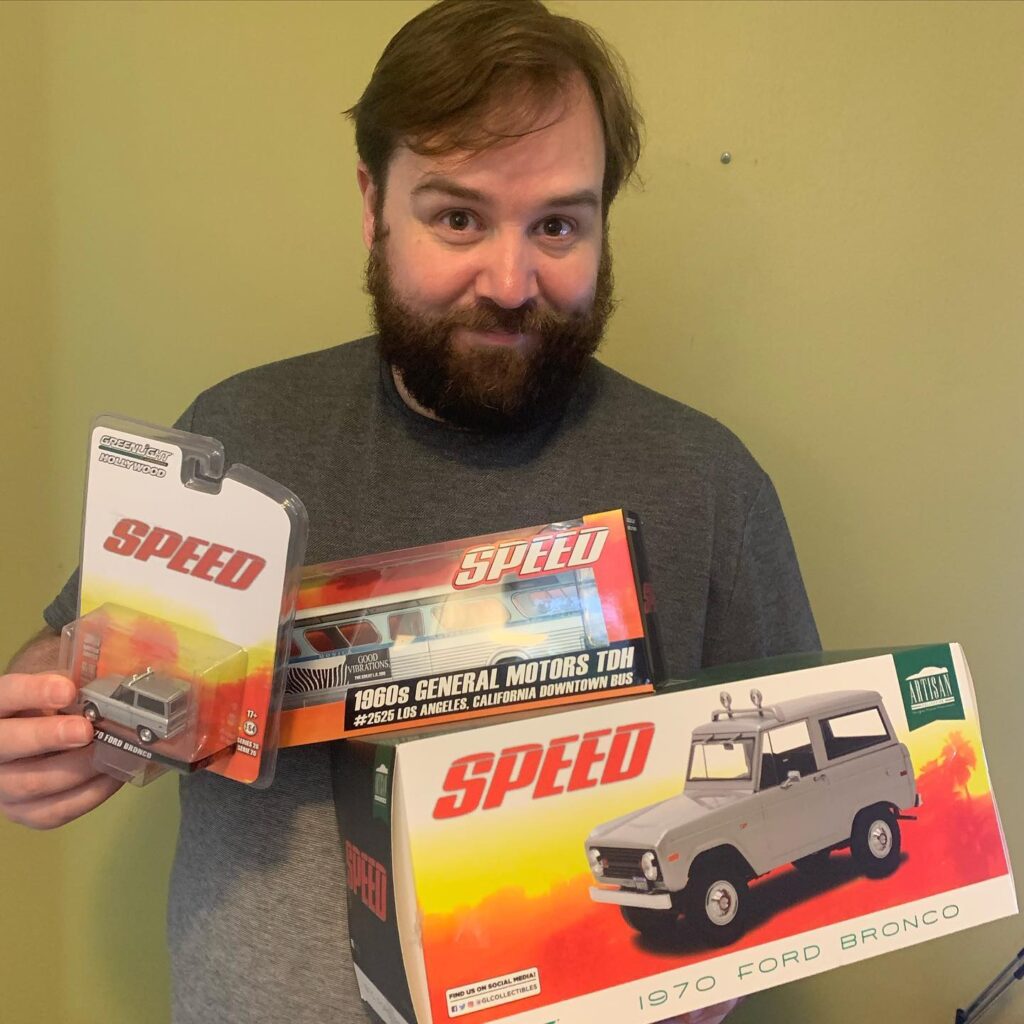
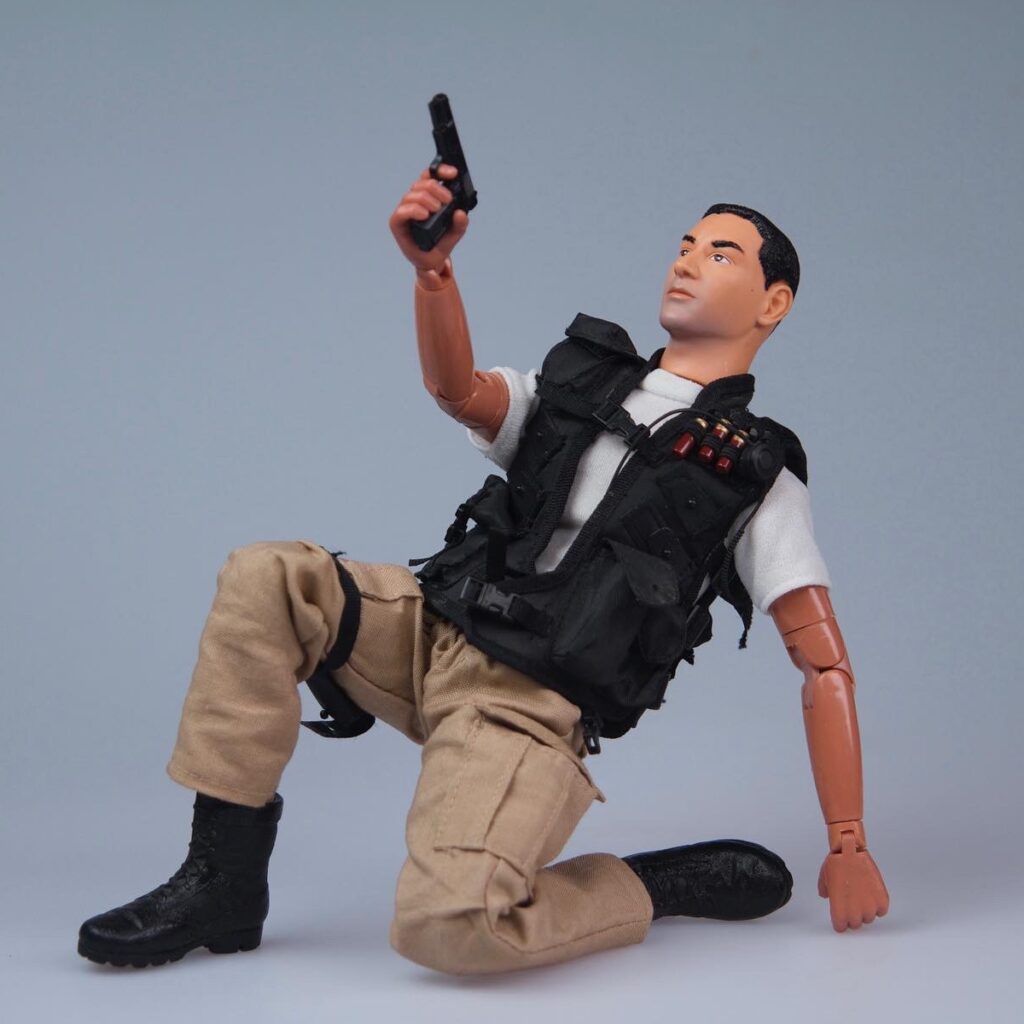
Many people have been affected by the latest challenges within the industry. How has this affected how you run Befores & Afters, if at all?
Over the years I feel like I’ve seen lots of peaks and troughs with VFX. The industry really does ebb and flow, but once upon a time you used to be able to almost predict when things would pick up again. However, right now, coming out of COVID, the strikes and then the reduction in ‘content’ being made, it’s become trickier to know what the future will hold. I feel for all the artists out there who can’t really plan their work futures at the moment.
It does make it harder to know what projects I might cover at befores & afters (although, to be honest, there are SOOO many VFX things to cover, I gave up trying to write about everything a little while ago). It makes the advertising side of things harder. It makes helping some conferences with speakers and talks harder.
Right now, I am sitting on the sidelines like everyone else, waiting to see what happens.
With 14+ years in the industry you’re sure to have seen lots of changes during this time – what do you consider to be the biggest change that has affected the industry so far?
I think the biggest change was a direct outcome of COVID-19, which was when VFX artists suddenly needed to work from home. And the IT departments of VFX studios did an amazing job of facilitating that and setting up people to work from home, securely. Before that, there was a nervousness about working from home, I guess because of security concerns and the possibility of things ‘leaking’.
But the VFX industry has shown they can work from home very successfully. And I think it has changed the dynamic a lot in the VFX industry, especially for some companies, who possibly don’t need the same kind of ‘space’ they needed previously.
I think it brings up some additional challenges, of course, which is the possibility that artists might feel more isolated (especially younger ones), and the idea of collaboration changing in what is a very collaborative industry. It’s a big change, and maybe has become so normal for everyone, even as people head back to offices.
You’re a regular at industry events worldwide, where will you be next?
Next up is VIEW Conference in Italy. Probably the most ‘intimate’ of all the VFX events. It’s always pretty stunning how amazing the speakers are there and how easily you can go up and talk to them.
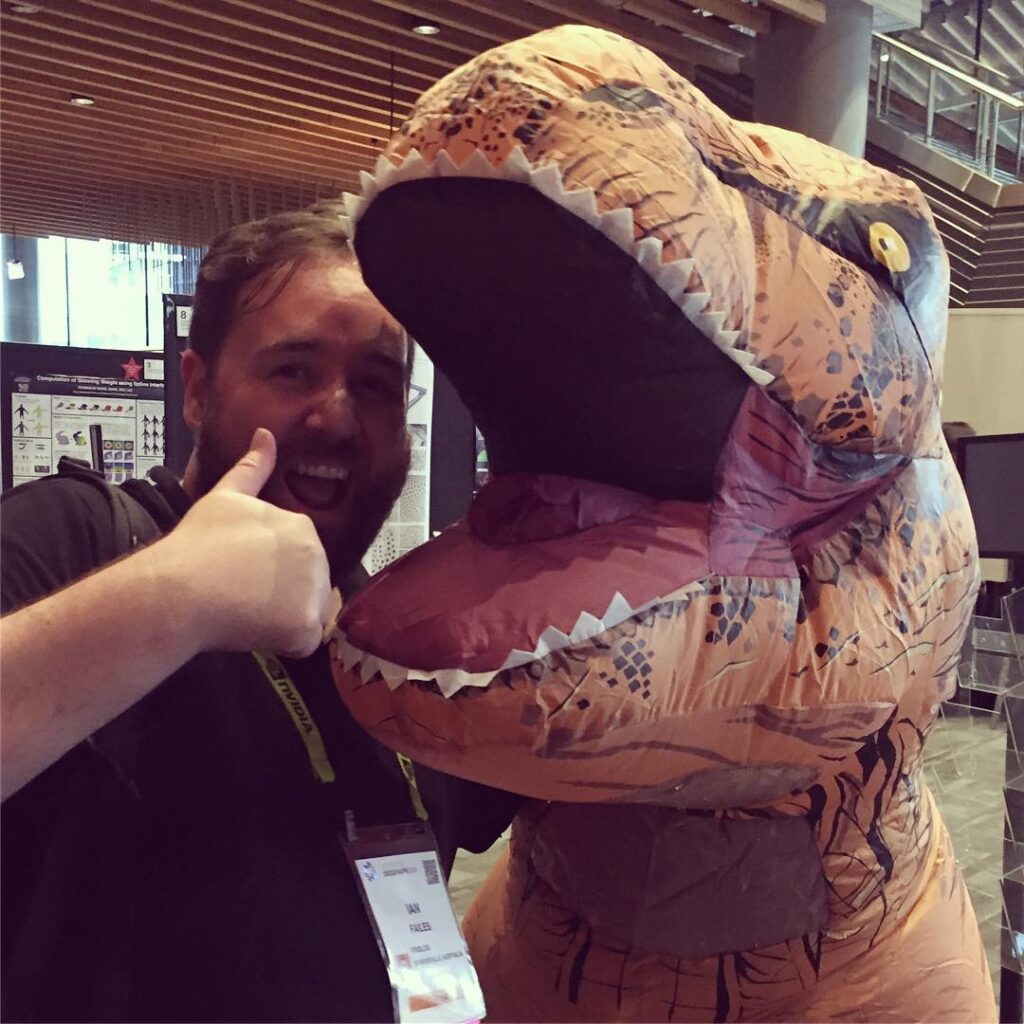
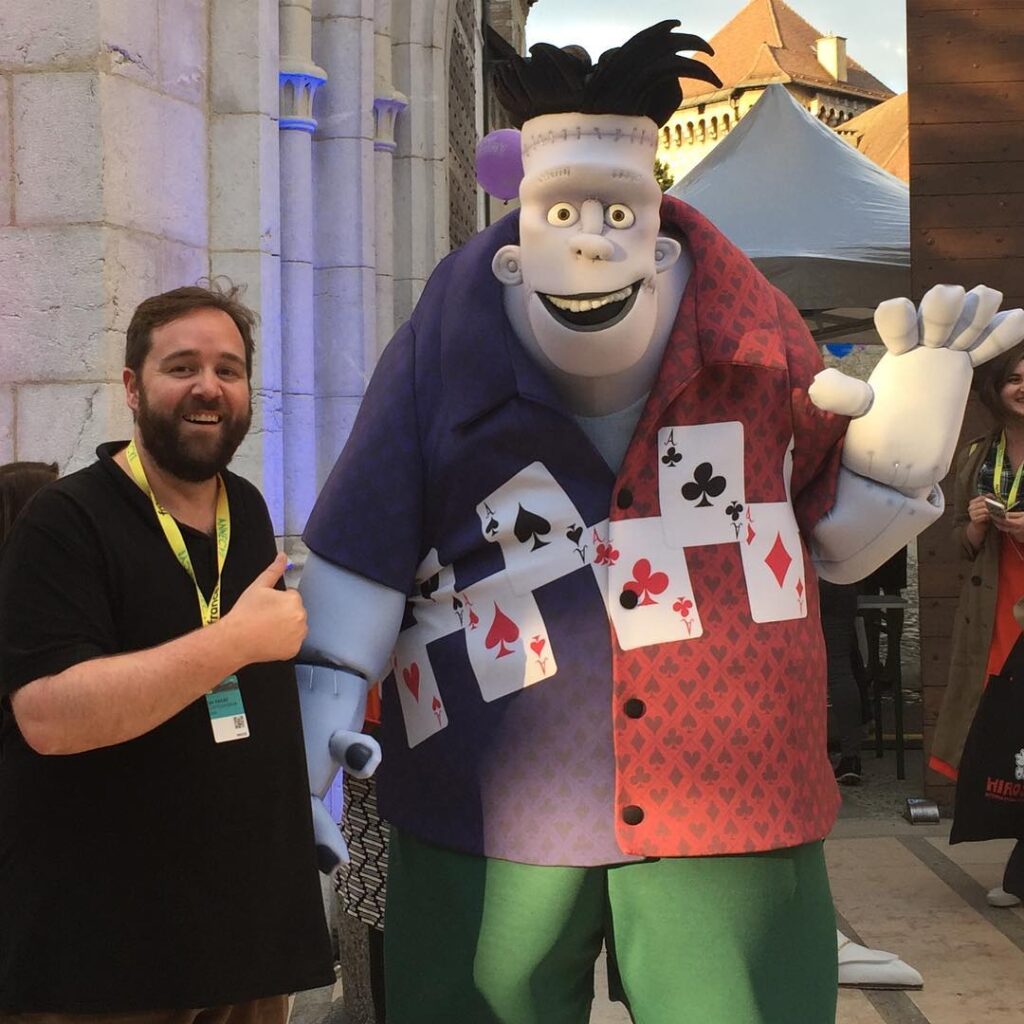
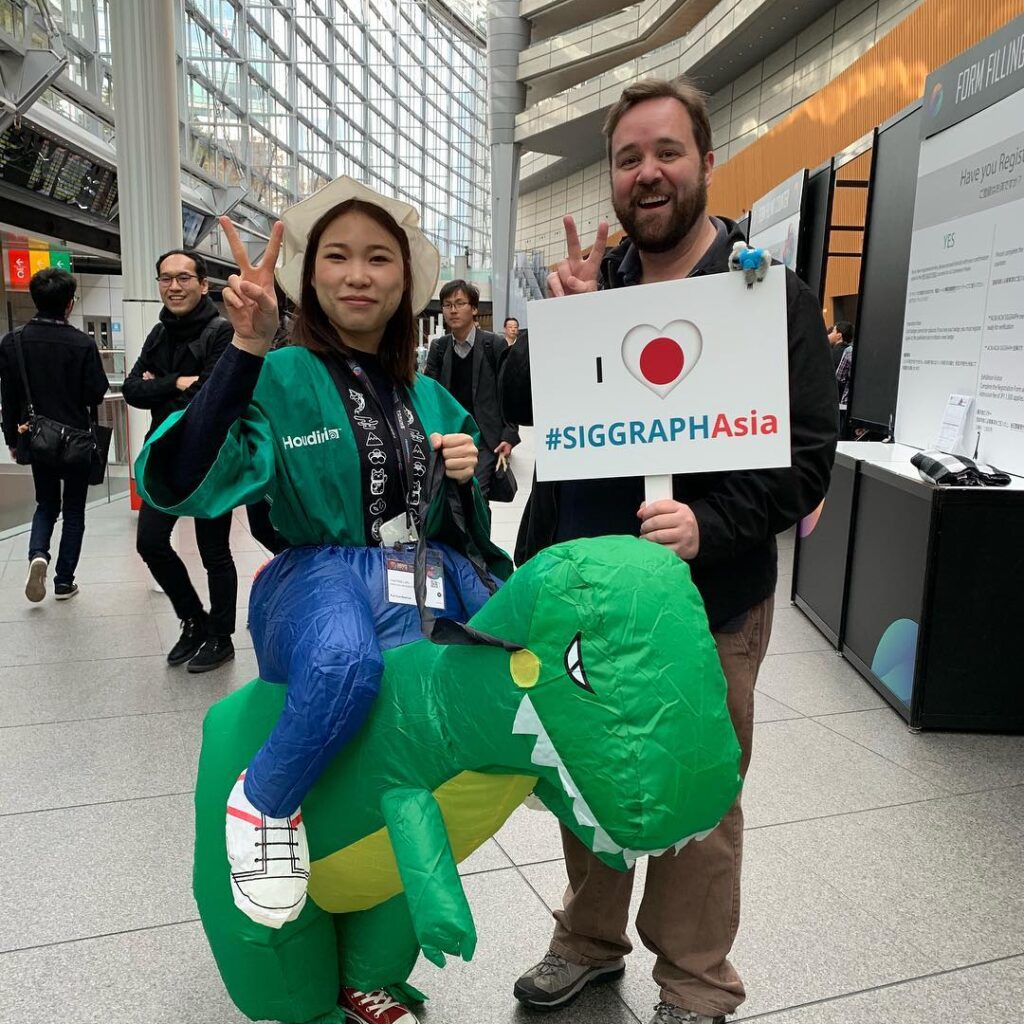
Ian’s love for industry event mascots knows no bounds!
If you could interview anyone, dead or alive, who would it be and why?
In all seriousness, Bill Nighy. I just think he’s a great actor. I rarely get to talk to actors. Also, he played a highly, highly influential CG character in Davy Jones, and I would love to know what he ‘thinks’ about the VFX process ILM went through to help create that character. Like, what do actors really think about all this stuff? Do they care? Are they worried about it? Are they into it? It’s fascinating.
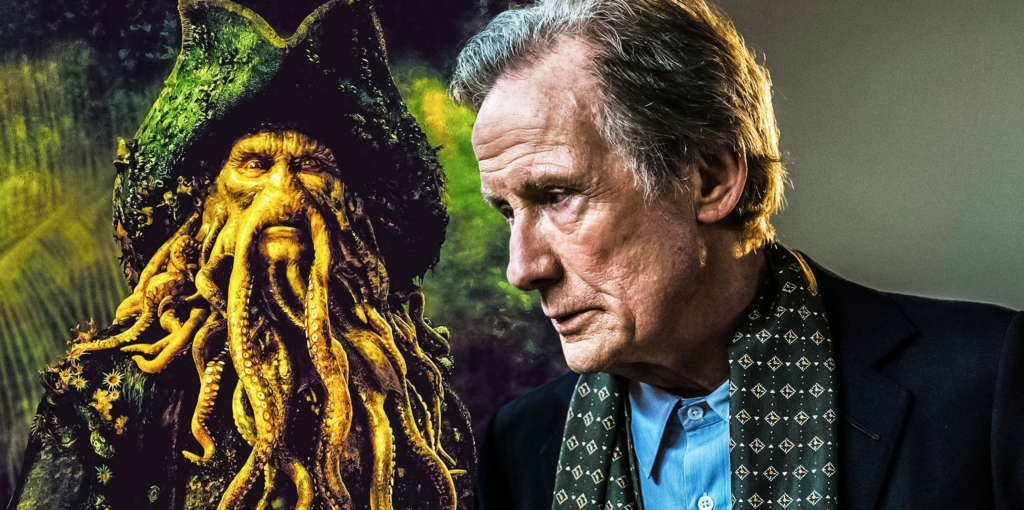
What are your future hopes or plans for Befores & Afters and/or yourself?
I honestly just hope to continue covering big VFX productions at befores & afters, without fear or favour. I say ‘without fear or favour’ because mostly I am completely interested in ‘how’ the work we see was done. I don’t care if it was done all digitally, or all practically, or even all with machine learning. I just want to cover how it was done.
Right now, we’re at a slightly odd time in VFX where there seems to be a push to cover up how something was done, how much ‘CGI’ was involved, and whether an actor did their own stunts etc etc. It’s certainly a barrier to writing the most accurate VFX stories, but I’m always trying to do that (when I can).
You can find Ian on socials via @beforesmag, and on the VFX Notes podcast with VFX supervisor and director Hugo Guerra.
